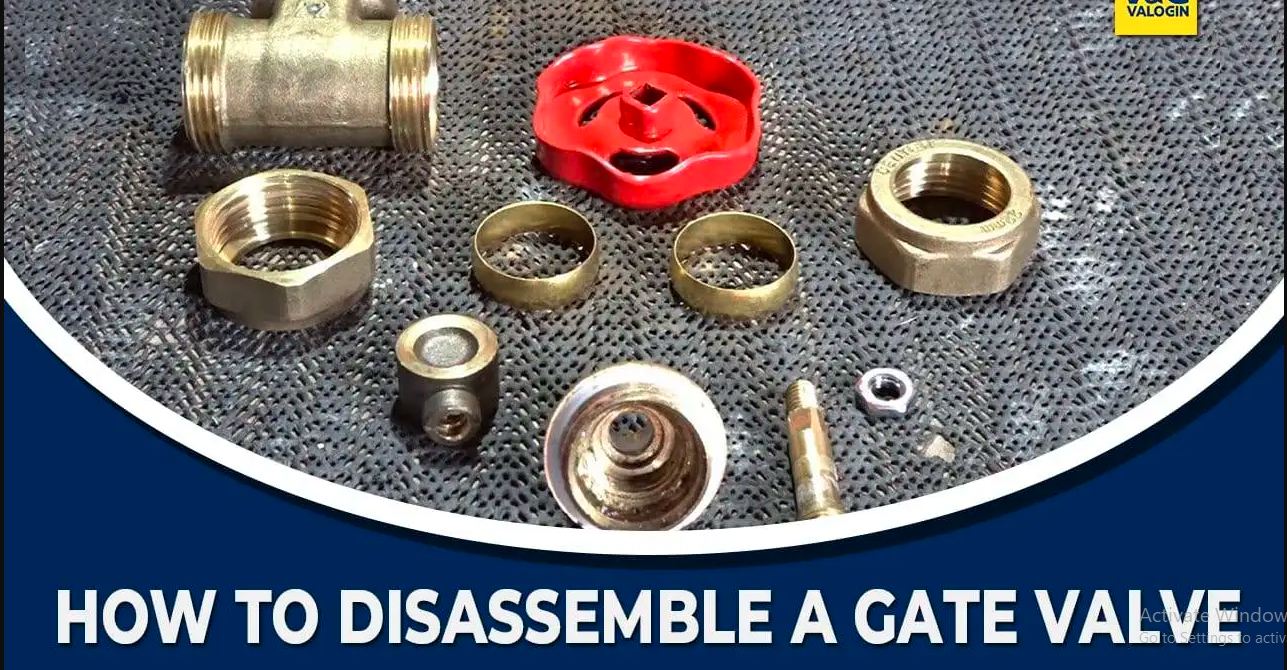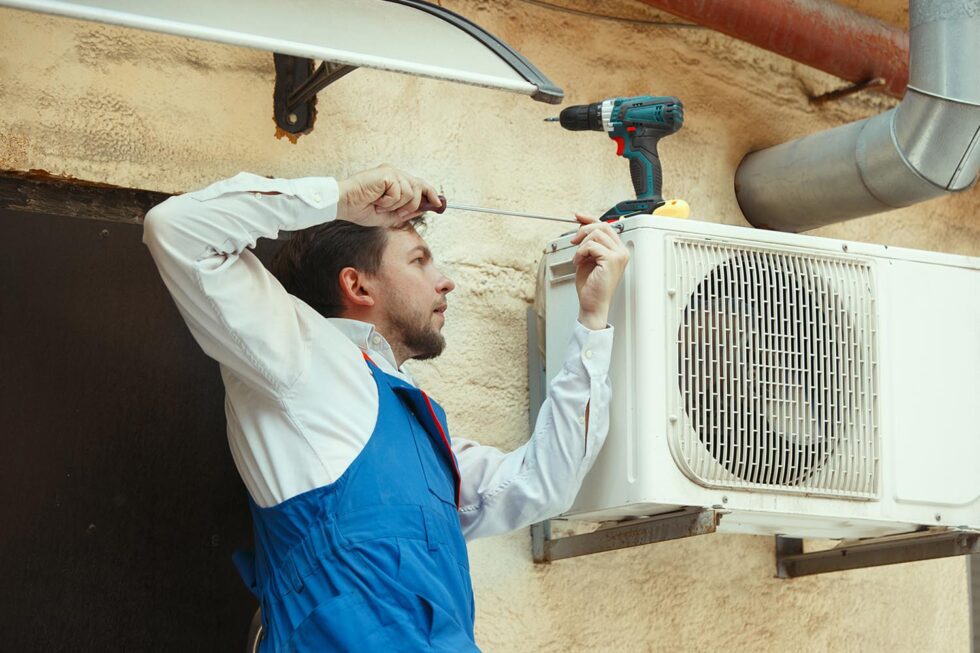Gate valves are essential components in various industries, allowing for the regulation of fluid flow through pipes. Over time, these valves may require maintenance or repair, which might involve disassembling them. In this guide, we will walk you through the process of disassembling a gate valve step by step. Whether you’re a professional plumber or a DIY enthusiast, understanding how to properly disassemble a gate valve is crucial.
Gate valves are vital for controlling the flow of liquids and gases in pipelines. Whether it’s a water supply system, oil refinery, or chemical plant, gate valves play a significant role in regulating the movement of fluids.
Gathering Tools and Safety Precautions
Before starting the disassembly process, gather essential tools such as wrenches, pliers, and a pipe cutter. Additionally, ensure safety goggles and gloves are worn to protect against any potential hazards.
Before you begin the process of disassembling a gate valve, it’s essential to gather the necessary tools and take the appropriate safety precautions. Proper preparation ensures a smoother disassembly process and minimizes the risk of accidents. Here’s what you need to do:
Tools You’ll Need
Wrenches: Different sizes of wrenches will be required to loosen and remove various components of the gate valve.
Pliers: Pliers come in handy for gripping and turning smaller components during disassembly.
Pipe Cutter: If necessary, a pipe cutter allows you to trim pipes to facilitate the removal of the valve.
Safety Goggles: Protect your eyes from any debris or fluids that may be released during disassembly.
Gloves: Wear gloves to safeguard your hands from sharp edges, potential leaks, or any hazardous substances.
Solvents and Brushes: These will be used for cleaning components and removing any accumulated debris or rust.
By taking these tools and safety precautions into consideration, you’ll create a safer environment for disassembling the gate valve. Remember, safety should always be your top priority, whether you’re a professional or a DIY enthusiast.
Turning Off and Draining the System
To avoid any accidents or spills, turn off the main valve that supplies the system. Next, drain any remaining fluids from the pipes to minimize the mess during disassembly. Before you embark on the process of disassembling a gate valve, it’s crucial to turn off the system and drain any remaining fluids. This step is essential to ensure your safety and to prevent any unexpected leaks or spills. Here’s how to properly turn off the system and drain the fluids:
Turning Off the System
Locate the main valve that supplies the system with fluids. This main valve is usually situated near the source of the fluid flow. Turning off this valve will stop the flow of fluids throughout the system, ensuring that no liquids or gases are moving through the pipes during the disassembly process.
Draining the Fluids
After you’ve turned off the main valve, it’s time to drain any remaining fluids from the pipes connected to the gate valve. Follow these steps to effectively drain the system:
Open Drain Valves: Locate any drain valves in the system and open them. These valves are typically found at the lowest points in the pipeline. Opening them allows any trapped fluids to flow out.
Use Gravity: Depending on the layout of the system, fluids may start draining out on their own due to gravity. Make sure you have a container or a proper drainage system in place to collect the fluids.
Purge Air: As fluids are draining out, air might enter the system. To facilitate a smoother drainage process, open any vent valves or air release valves to allow air to escape.
Flush Remaining Fluids: To ensure a thorough drainage, gently tap or bump the pipes to dislodge any trapped fluids. This will help in completely emptying the system.
Close Drain Valves: Once the fluids have been drained, close the drain valves securely to prevent any accidental leaks or spills.
Removing the Handle and Bonnet
Using a wrench, gently loosen and remove the handle from the valve stem. Afterward, detach the bonnet by unscrewing it counterclockwise. This will provide access to the internal components of the gate valve.
Extracting the Gate and Stem
Carefully pull out the gate and stem assembly from the valve body. This might require some wiggling to free it from its position. Place the components aside for inspection.
Inspecting and Cleaning the Components
Thoroughly examine the gate, stem, and other parts for signs of wear, corrosion, or damage. Clean them using appropriate solvents and brushes to ensure optimal performance.
Replacing Damaged Parts
If any components show significant wear or damage, it’s advisable to replace them with new ones. This will prevent future issues and maintain the efficiency of the valve.
Reassembling the Gate Valve
Follow the disassembly steps in reverse order to reassemble the gate valve. Ensure each component is properly aligned and securely fastened.
Testing for Leakage
After reassembly, turn on the main valve and carefully observe the gate valve for any signs of leakage. If leakage occurs, double-check the components and connections.
Common Issues and Troubleshooting
Discuss common problems that might occur with gate valves, such as leaks, difficulty in operation, and solutions to address these issues.
Maintenance Tips for Prolonged Lifespan
Provide readers with tips on how to maintain their gate valves to prolong their lifespan, such as regular lubrication, visual inspections, and scheduled maintenance. Gate valves are reliable components used to control fluid flow, but like any mechanical system, they can encounter issues over time. Understanding common problems and how to troubleshoot them can help you maintain the performance of your gate valve. Here are some of the most prevalent issues and their solutions:
Leakage
Issue: One of the most common problems is leakage, which can occur around the valve body or stem.
Troubleshooting: Check the valve components for any visible cracks, worn-out gaskets, or damaged threads. Tighten any loose connections, and if necessary, replace damaged parts with new ones. Applying thread sealant can also help prevent leakage.
Conclusion
Disassembling a gate valve may seem daunting, but with the right tools and knowledge, it can be a manageable task. Proper maintenance and occasional disassembly will ensure that your gate valve continues to function efficiently for years to come. Discover the step-by-step process of disassembling a gate valve in this comprehensive guide. Master the skills for efficient maintenance. Read More




